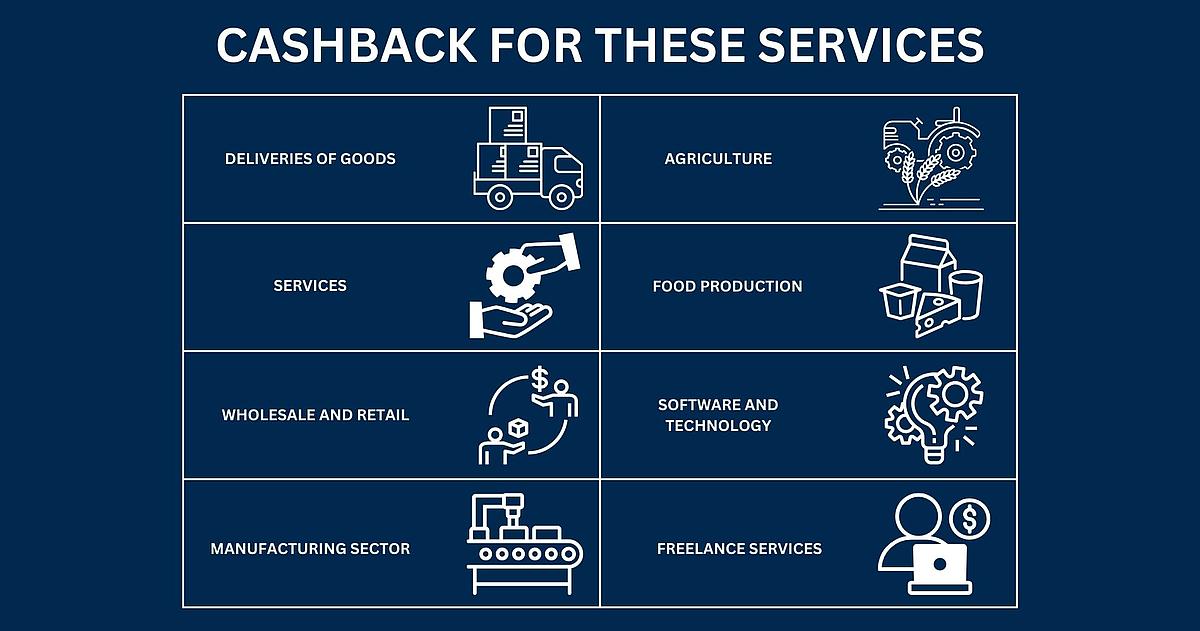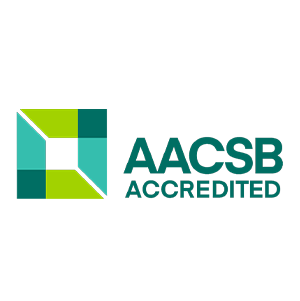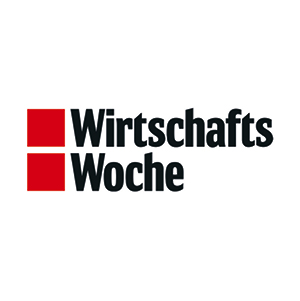Delivery of Goods
Cashback is often applied in trade agreements for physical products such as industrial materials, consumer goods, electronics, vehicles and many others.
Services
Businesses may also offer Cashback for services such as consulting, maintenance, repair services, construction work and IT support to encourage quick payments.
Wholesale and Retail
Cashback can be offered in both the wholesale and retail sectors to speed up stock turnover and improve liquidity.
Manufacturing Sector
In the manufacturing sector, Cashback can be used to speed up payment for the delivery of raw materials, semi-finished products or finished goods.






















